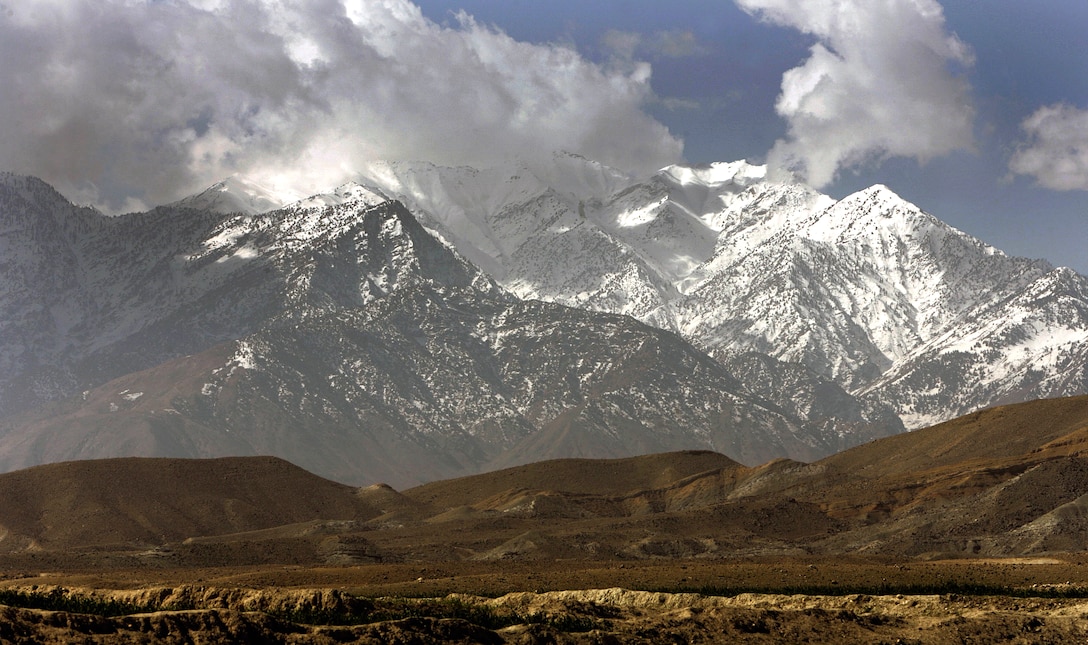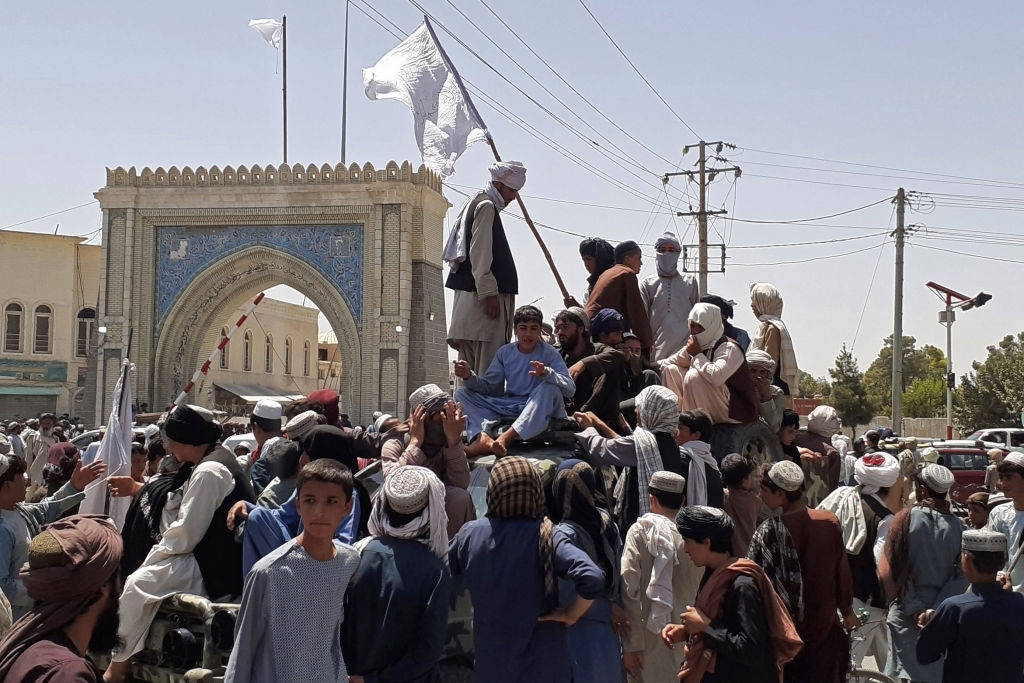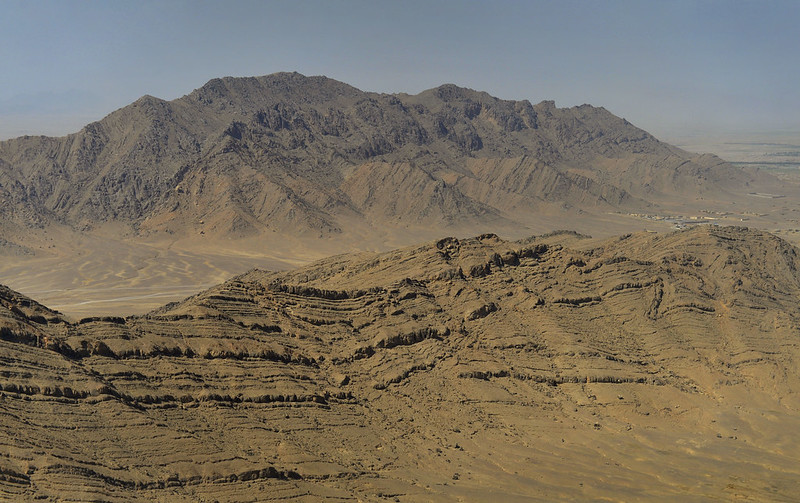 Mountains of Tora Bora in Nangarhar province, a former AQ stronghold / U.S. DoD
Mountains of Tora Bora in Nangarhar province, a former AQ stronghold / U.S. DoD
The Future of Al-Qaeda in Afghanistan
This week G20 leaders convened to address growing economic “chaos” in Afghanistan, following a Taliban takeover that called into question the future of Al-Qaeda two decades on from 9/11.
Today the threat matrix in Afghanistan has evolved: Al-Qaeda core (AQ) is “a skeleton of its former self”—but under new Taliban leadership could grow to threaten U.S. security in as little as 6 months. In the 2020 Doha Agreement, the Taliban committed to outlawing international terror operations—but a pattern of actions indicates noncompliance. So what, exactly, does the U.S. withdrawal mean for the future of the AQ network in Afghanistan—and how can U.S. strategy adapt to meet the changing threat matrix?
A center for global jihad

Taliban fighters in Kandahar on August 13, 2021 / Air Force Press via Getty Images
Connections between the Taliban and AQ run deep, and recent UN reports indicate ties are stronger than ever: a result of intermarriage, shared struggle, and multi-generational partnership. In this sense, the Taliban’s victory is a victory for AQ, and evidence has already started to emerge of AQ figures resurfacing in Afghanistan. As the Taliban took back territory in August, AQ’s as-Sahab media arm lauded the “historic victory” as “a tremendous source of inspiration,” and across the world, jihadi leaders echoed their support in what the Wilson Center’s Michael Kugelman called a “galvanizing moment”.
Raffaello Pantucci, a terrorism analyst at the Royal United Services Institute, said the victory played into a global jihadi “narrative of success.” With increasing signs of a potential hijrah, or migration, to Afghanistan, could Afghanistan once more become the “center of global jihad”? CIA Deputy Director David Cohen acknowledged “… potential movement of al Qaeda to Afghanistan.”
Playing the long game
AQ’s short-term strategy is to maintain its “traditional safe haven” in Afghanistan, where it currently operates in as many as 21 of the country’s 34 provinces. AQ hubs in the mountains between Pakistan and Afghanistan once served as an elite training ground for Afghan Arab mujahideen, and remain an axis for leadership and operations today. A combination of religious significance, inaccessible geography, and fragile governance makes Afghanistan a natural sanctuary.
For the time being, AQ is playing the long game, maneuvering quietly—part of a larger strategy to build Taliban legitimacy and fly under the radar until AQ is ready to attack international targets once more.

Mountains in Kandahar close to Firebase Maholic, a former SF base originally built by Bin Laden / DoD Photo By Glenn Fawcett
Filling the vacuum
U.S. withdrawal and the subsequent Taliban takeover plunged an already fragile state into economic freefall: for now, Afghanistan’s new caretaker government must operate without international legitimacy or international cash. Without access to nearly $10 billion in foreign reserves and cut off from direct financial aid (which could end up in the hands of AQ), healthcare systems and other key infrastructures are at risk, and aid groups struggle to operate in a financial “grey zone.”
Prolonged restriction of outside assets is eating away at Afghan state security: worsening socioeconomic conditions create an optimal framework for AQ reconstitution, and the deepening crisis leaves the country vulnerable to key drivers of extremism. Previously, AQ has benefited from weak governmental infrastructure, and may seize advantage of Taliban inability to fill the power vacuum.
AQ comes out ahead
Going forward without ground or close air support, U.S. strategy in Afghanistan must navigate a precarious position to check Taliban strength while avoiding humanitarian catastrophe. Financial leverage and international partnership may be the best ways to manage a regime that has failed to bend under international demands for inclusivity and human rights—but fiscal pressure points can be blunt instruments—and just as AQ is playing the waiting game, so too is the U.S. If 20 years has taught us anything, however, it might be that a hardline stance against extremism, coupled with a lack of focused strategy, is a recipe for instability.
AQ is well positioned to dig in and quietly build up operations under a sympathetic Taliban leadership amidst growing unrest (and U.S.-Taliban coordination against its regional rival, ISIS-K, will certainly not hurt). As for U.S. strategy, State Dept. Spokesperson Ned Price said: “when it is in our interest to engage the Taliban on the basis of our national self-interest, we will do that.” Whether through ties to its Taliban allies or crisis point opportunism, AQ is likely to benefit either way—and eroded intelligence networks mean that the U.S. will struggle to keep tabs on their movements and respond dynamically to any threats that may arise.





